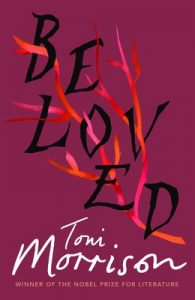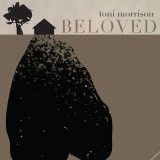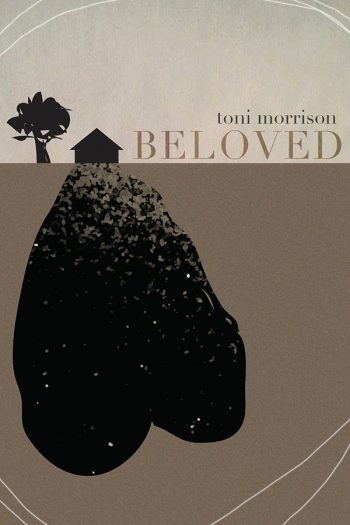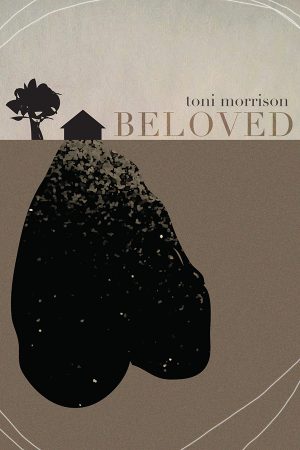Beloved – Toni Morrison – 1987

Reviewed by: Jon Elias Date: 20 August 2003
Nothing Short of Breathtaking.
I was sipping my tea one late afternoon at the coffee shop of my workplace, when I was invited by a customer to sit with him. I grabbed the opportunity, of course, as I am a lover of conversations, great or not. The customer, a Fijian “native” (“I am a native, not an Indian,” as he put it.) started to talk about the “white men”. Oh my, what a topic – where should I start? Should I talk at all? Should I just listen? Our conversation was nothing more than a conversation between two bored people, it was rather haphazard, in fact, and very pedestrian. But nevertheless I couldn’t help but notice his passion while he talked about “white men”- as it was full of spite.
Beloved, by Nobel Prize-winning author Toni Morrison, is full of spite as well. Lots of it. One beauty of this book is that as the reader, you’ll feel it as well- the spite, the anger, the isolation, the deprivation, the lifeless, freedom-less and the loveless life of the black population before, during and after the American Civil War.
As one reviewer pointed out, the examination of slavery in this book is almost “clinical”, and one shouldn’t find this a burden- there is no need to read a history book on the issue of slavery BEFORE dealing with the novel. Morrison is a wonderful story-teller, and I am certain that “Beloved” is not intended to be read only by learned people. And nor is it a book only to be read by Black Americans.
One is able to point out numerous themes embedded in this great book- moral ambiguity, the ‘rememory’ and ‘disremembrance’, slavery. But one theme captured me the most was the author’s portrayal of the banality of evil. (And talk about the banality of evil and its doers.). Furthermore, you’ll find it amazing how Morrison was able to place a great number of motifs and symbols in this novel, the house number “124” and Sethe’s “chokecherry tree” are two good examples.
The character “Baby Suggs” should easily become an immortal, literary character of the future. She’s both inspirational and tragic, a character as stimulant of the mind as Shakespeare’s Hamlet. (I doubt, however, that Baby Suggs is an original creation- and if “she” simply is a character out of Ms Morrison’s brilliant mind, then the author would have to be the greatest American writer of the last century.)
The last parts of the novel may alienate some readers, and I definitely found it extravagant and unnecessary at first. But, fear not, this is a great novel overall!
Hence, if you love psychoanalysis, read this. If you love the idea of a multicultural society, read this. If you want to become more tolerant, read this. You love political or historical or romantic or feminist or experimental or traditional novel, read this. THIS is for everyone!
(Oh, and you don’t need to be full of spite to appreciate “Beloved”.)
Reviewed by: Lale Eskicioglu Date: 26 August 2017
Homi Bhabha in the introduction to his The Location of Culture connects the concept of unhomely to Beloved (pages 15-16):
The unhomely moment relates the traumatic ambivalences of a personal, psychic history to the wider disjunctions of political existence. Beloved, the child murdered by her own mother, Sethe, is a daemonic, belated repetition of the violent history of black infant deaths, during slavery, in many parts of the South, less than a decade after the haunting of 124 Bluestone Road. (Between 1882 and 1895 from one-third to a half of the annual black mortality rate was accounted for by children under five years of age.) But the memory of Sethe’s act of infanticide emerges through ‘the holes – the things the fugitives did not say; the questions they did not as … the unnamed, the unmentioned’ [Morrison, Beloved, page 170]. As we reconstruct the narrative of child murder through Sethe, the slave mother, who is herself the victim of social death, the very historical basis of our ethical judgement undergoes a radical revision.
















